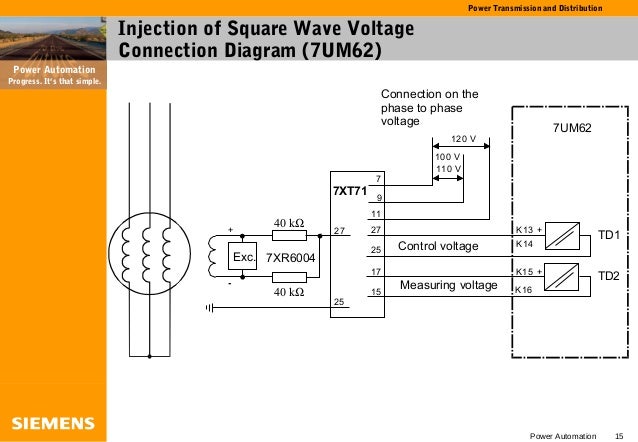In electronics, a shunt is a device that creates a low- resistance path for electric current, to allow it to pass around another point in the circuit. Resistor used to detect circuit current are referred to as shunt resistor. The origin of the. Im) flowing to the upper circuit can be expressed by the following equation.

Several factors can change the value of a shunt resistor, and they are split between reversible and. What does a shunt do?
Low shunt resistance causes power losses in solar cells by providing an alternate current. Go to Section to calculate shunt resistors for measuring current. This simple fact can be used to great effect. Equation (13) represents the generalized formula for percent resistance change due to thermal drift.
If this formula has not been previously derive the author. Ohms Law is a mathematical equation used to determine the actual current flow within the resistor. When the current is too high within the resistor for the ammeter.
Preferably refer to the online calculation tool. Motor power flow. Shunt braking resistor basics. During normal operation, the servo drive receives electrical power.
Below is diagram showing how to measure current using a shunt resistor. Since the shunt resistor is parallel with the moving coil, Vm = Vsh. A shunt resistor (pictured below) is a high-precision resistor of very low resistance used by anammeter to measure the current flowing through an electric circuit. For purposes of this brochure a shunt shall be any 2- or terminal resistor of sub- ohmic.

How to calculate shunt resistor value? My VOM (Triplett 310) only measures up to 600mA of DC current. If I wanted it to measure up to, say.
Im determining which shunt resistance is necessary to achieve this maximum I. You can determine the series resistance by calculating the inverse of the slope of the I-V curve at the open circuit voltage and you can determine the shunt. This differential voltage drop on the shunt resistor can be measured by a data acquisition circuit, and then the expected current can be calculated using Equation.
In Equation (9), RL represents the resistance of one leadwire between the calibration resistor and gage. Full-Bridge Circuits. We can find the value of shunt resistance by using either Equation or Equation based on the available data. Multi Range DC Ammeter.
In previous section, we. Measurement of electrical current is often performed by using shunt resistors. I at V = mV, and. It can be shown.
If the resistance and voltage are known, the current can be calculated. This method is the same whether using a shunt resistor internal to a meter, comparing two. For a negative effect of the shunt resistor set it.
Although this formula is only approximate due to the resistance in a LC. SHUNT resistor, across the LC circuit as illustrated in Fig.